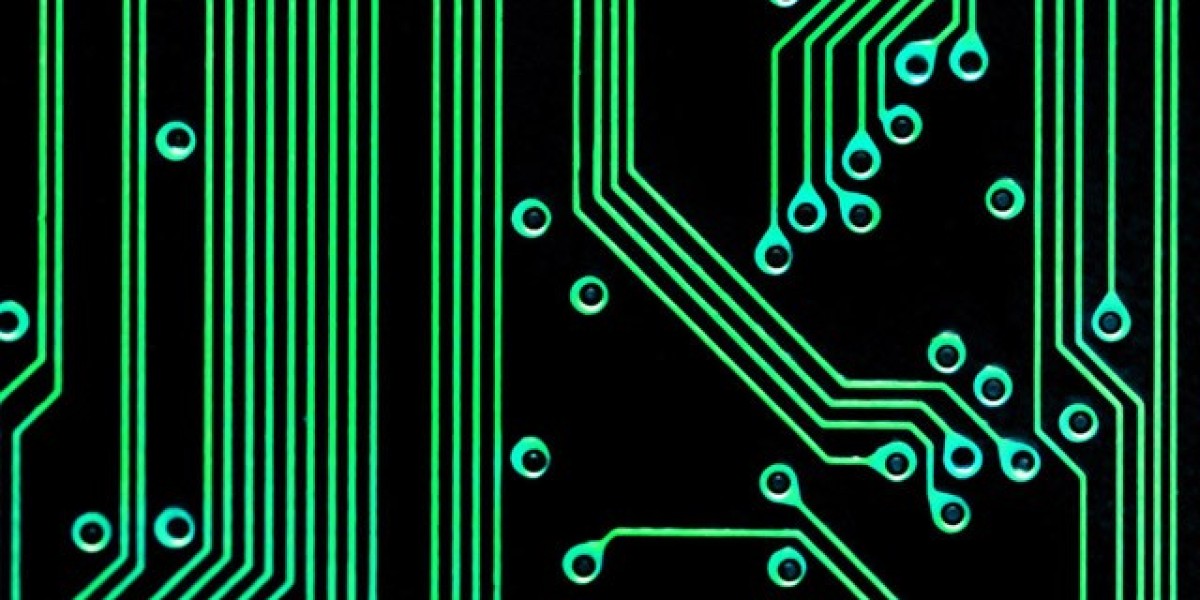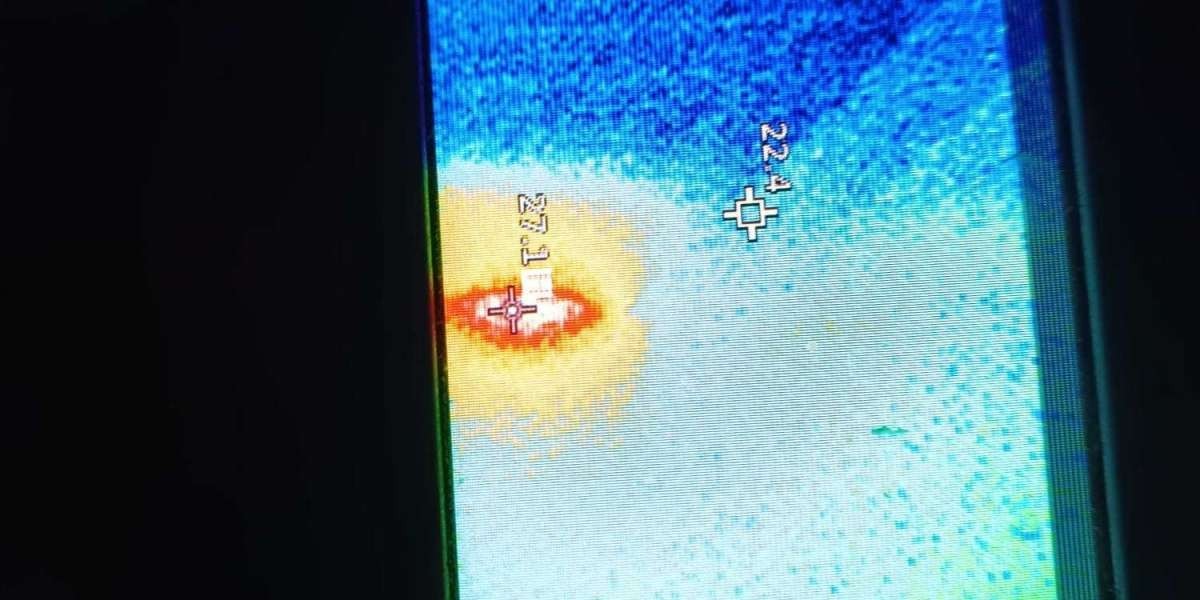Ever noticed those sleek wristbands at events and concerts that look cool on attendees? That's what we call RFID wristbands. The good news is, they are becoming one of the biggest game-changers in the event industry.
But you might be more curious about what exactly they are? And how do RFID wristbands work to make events smoother, faster, and more secure? So, let’s break it all down.
What Are RFID Wristbands?
RFID stands for Radio Frequency Identification. It’s a technology to transmit data between a wristband and a reader device wirelessly and without contact.
RFID wristbands for events are usually made of fabric, silicone, or plastic, with a tiny embedded RFID chip. This chip contains a unique code linked to each attendee’s profile. Think of it as a digital key that opens up access to different parts of the event experience.
Guests can do everything with a simple tap of their wrist now. Gone are the days of juggling printed tickets, QR codes, and payment cards.
Now, let's understand how these smart wristbands work at events.
How Do RFID Wristbands Work?
Okay, so how do RFID wristbands work exactly? The magic lies in the communication between the RFID chip inside the wristband and the RFID reader placed at different points across the event venue.
Here’s how it typically goes:
Linking Wristbands with Each Attendee: Organizers link the RFID chip in each wristband to the attendee’s personal information. It could be a name, ticket type, payment details, or seat category.
Radio Frequency Scanning: When an attendee taps their wristband against an RFID reader, the reader sends out a radio signal that powers up the chip. The chip responds instantly by sending back the stored data.
Instant Verification: To grant access to attendees, the reader then communicates this data to the event’s central system.
The entire process takes less than a second. No barcode scanning. No manual typing. Just a smooth tap-and-go experience.
The Role of RFID Wristbands in Event Check-In
Long queues and slow-moving check-in counters are a thing of the past. It's time for you to take the event check-in experience to another level. That's how an RFID wristband system benefits.
Here’s how RFID makes it effortless:
Event Registration: Guests can register online before arriving. Once they check in at the venue, their wristband is activated and instantly linked to their registration details.
Faster Check-ins: RFID readers can process multiple wristbands in a second. This can cut down a lot of waiting time during entry.
Real-time Tracking: Organizers can learn about check-ins, attendee engagement, different zones accessed, and more.
RFID Wristbands Go Beyond Access Control
While access control is a salient benefit, the power of RFID wristbands for events goes beyond. Let’s look at how this technology enhances the overall event experience:
1. Cashless Payments
Imagine being able to buy food, drinks, or merchandise without ever taking out your wallet or phone. With RFID-enabled cashless payments, attendees can load money onto their wristbands. Every tap automatically deducts the correct amount.
This not only speeds up transactions but also increases on-site spending since people tend to buy more when the process is seamless.
2. Personalized Experiences
RFID wristbands open the door to personalization. When attendees tap into specific areas or booths, organizers can gather data on what they’re engaging with. That means more relevant recommendations, customized offers, or even surprise perks like free upgrades or digital souvenirs.
3. Enhanced Security
Since each RFID chip comes with a unique ID, duplication is next to impossible. Lost wristbands can be deactivated immediately. This can help protect both the attendee and the event organizer.
That’s a huge step up from traditional printed tickets, which can be easily misplaced or copied.
4. Post-Event Insights
RFID wristband systems collect valuable data that helps organizers understand what worked and what didn’t. Which sessions were most popular? When were the entry peaks? Which booths saw the most engagement?
These insights are gold for improving future event planning and marketing strategies.
Why RFID Event Technology Is the Future of Live Experiences
Events are about creating memorable experiences. Attendees expect convenience, and organizers want efficiency and data. That’s where RFID event technology truly shines.
Here’s why event professionals are switching to RFID-based systems:
More Speed and More Scalability: Handles volume effortlessly. Scale events, no matter how small or large it is.
Better Engagement: Organizers can add gamification using wristbands. Attendees can tap to unlock exclusive content or enter contests.
Analytics-led Decisions: Event managers get real-time analytics. They can use insights to fine-tune operations.
Eco-Friendly: Digital wristbands reduce paper waste from tickets and flyers.
It’s the perfect mix of convenience, safety, and innovation that today’s events demand.
Final Thoughts
So, how do RFID wristbands work for events? They combine wireless communication and real-time analytics to create a connected ecosystem that simplifies everything, from event registration, check-in, payments, and engagement tracking.
All in all, RFID event technology makes life easier for organizers. Most importantly, they create a better, engaging experience for guests. Who doesn't want their guests to have the best experience, right!!
So, for your next event, say yes to RFID wristbands and no to paper tickets and slow check-ins.






